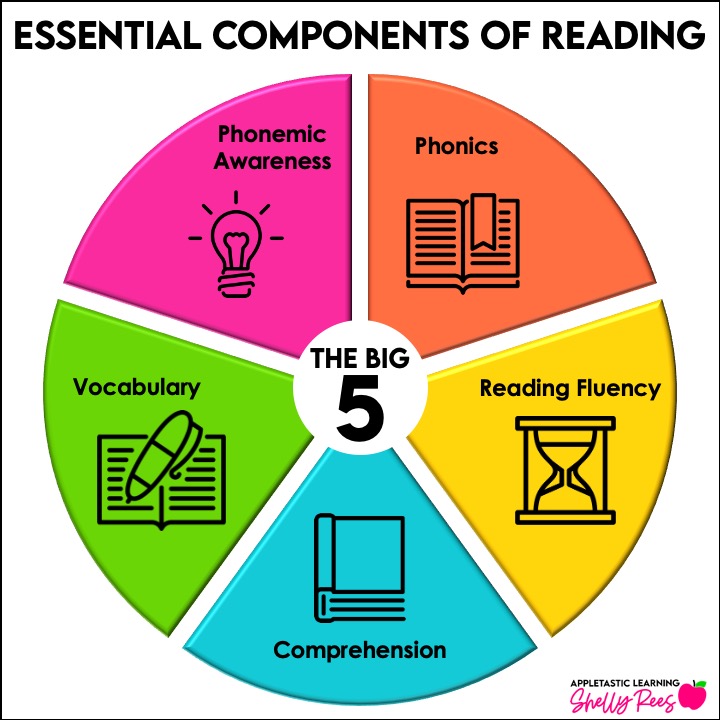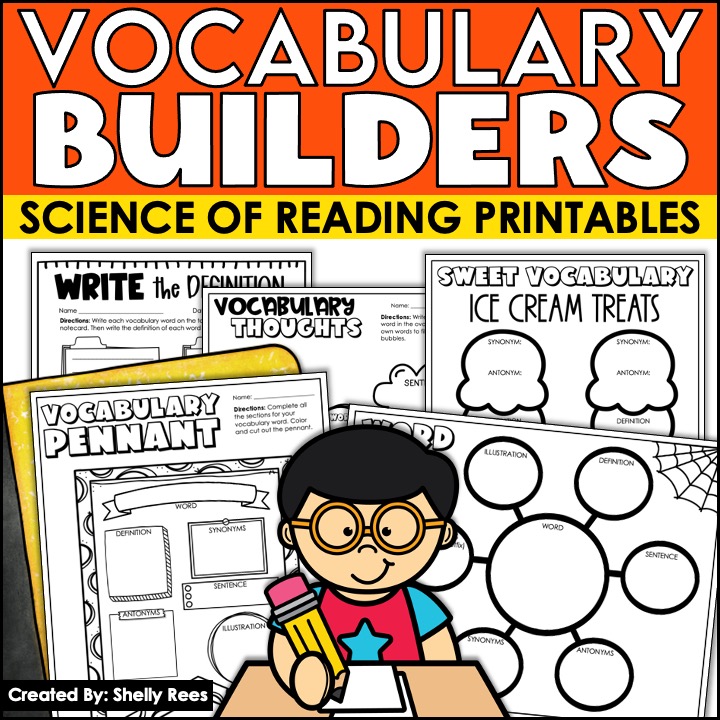

It is a common phrase in the world of education today, but what is science of reading exactly? In short, we could say it is a field of study that explores how individuals learn to read and what strategies can be used to support readers.
To begin with, it’s not a curriculum or a single approach – it is an entire body of research. For years, researchers in the literacy field have studied evidence-based methods for teaching reading skills to all kinds of learners, from young children just starting out with basic literacy to adults learning English as a second language. What is science of reading and how can it help in the world of education? The science of reading provides us with invaluable insights into how we can best equip our students with the tools they need to become successful readers!
While thousands of studies have been done on literacy and methods for teaching reading, we should be looking at large numbers of studies that have yielded a similar result. The convergence of research shows that five main areas matter most when it comes to literacy instruction.
The National Reading Panel report from 2000 identified five elements that are key to reading success. Those five components of reading are widely promoted as necessary pillars of the science of reading. Let’s take a look!

Phonemic Awareness is the ability to hear and manipulate sounds in words when spoken aloud. It also is the understanding that spoken words are made up of one or more sounds.
Through activities such as rhyming, blending syllables, and segmenting words into their component sounds, children can develop a stronger understanding of the building blocks of language. This understanding helps them become better readers by allowing them to break down unfamiliar words into their component parts and identify letter-sound correspondences. Phonemic awareness activities can be engaging and fun for children of all ages – making it a great way to practice language skills while having fun!
2. Phonics and Word Recognition
Phonics shows the relationship between phonemes and individual letters or groups of letters.
When looking for the answer to what is science of reading, phonics plays an important part. It involves teaching students how to recognize the individual phonemes (sounds) in words and blend them together to create syllables. This helps learners quickly identify and pronounce unfamiliar words, increasing their fluency in reading.
Through frequent practice, children learn to associate letters with corresponding sounds automatically, allowing them to decode new words independently. Additionally, explicit phonics instruction improves spelling accuracy as it teaches learners about letter-sound relationships needed for writing words correctly.
3. Fluency
Reading fluency is the ability to read a text with accuracy, speed, and expression.
It involves recognizing words accurately, understanding their meaning quickly, and reading with enough expression to convey an understanding of the text. Fluency also requires accurate and automatic decoding of words so that reading becomes effortless rather than labored. This allows readers to focus on comprehension without becoming bogged down in decoding words.
Good fluency skills can be developed through repeated practice with a variety of texts. By focusing on developing strong phonemic awareness and phonics skills, as well as increasing vocabulary knowledge and comprehension strategies, readers can be equipped with the tools they need to become more successful and confident in their ability to read fluently.
4. Vocabulary
Vocabulary is defined as all of the words known and used in a specific language.
Reading vocabulary is an important part of literacy instruction. When thinking about what is science of reading, we must remember vocabulary! It involves learning how to recognize and understand the words that make up a text, as well as understanding the meanings of those words in order to comprehend what is being read. Reading vocabulary includes not only individual words, but also phrases and idioms which are used in books and other reading materials.
To build reading vocabulary, students should be exposed to a variety of texts, both fiction and non-fiction, and encouraged to use these materials to look up unfamiliar words. Additionally, activities such as fun vocabulary organizers, word games and puzzles can be a fun way for learners to practice recognizing new words and their meanings. With strong reading vocabulary skills, readers will be able to more confidently interact with written material and increase their understanding of text.
Take a look at this packet of printable vocabulary organizers! No prep and extra helpful!

5. Text Comprehension
Reading comprehension is the ability to recognize, understand, and interpret what has been read. It is an important piece in answering What is science of reading?
It involves more than simply being able to recognize words on a page—it also requires an understanding of their meaning as well as how they fit together into larger themes and ideas. Reading comprehension allows readers to draw connections between different concepts and use those connections to better comprehend what they are reading. Good reading comprehension skills involve recognizing the main idea of a text, using context clues to infer meaning from unfamiliar language, making predictions based on the content, summarizing information accurately, and analyzing cause-and-effect relationships in texts.
Check out these informational text passages for the year, which are great for developing fluency and comprehension!

Reading is an essential skill that can open up a world of knowledge and ideas. When we look for answers to the question of what is science of reading, we will gain more powerful tools to improve our students’ literacy skills. With careful attention to the five essential components of reading, you will be able to teach your students how to develop strong decoding abilities, build their vocabulary knowledge, and increase comprehension of written material quickly and effectively!
SAVE THIS POST FOR LATER


Hi, I’m Shelly! Thank you for being here. I love helping third, fourth, and fifth grade teachers with fun and engaging activities that require no to little prep! Let me help you by taking some of the stress and work off your plate.

©2022 Shelly Rees. All Rights Reserved.